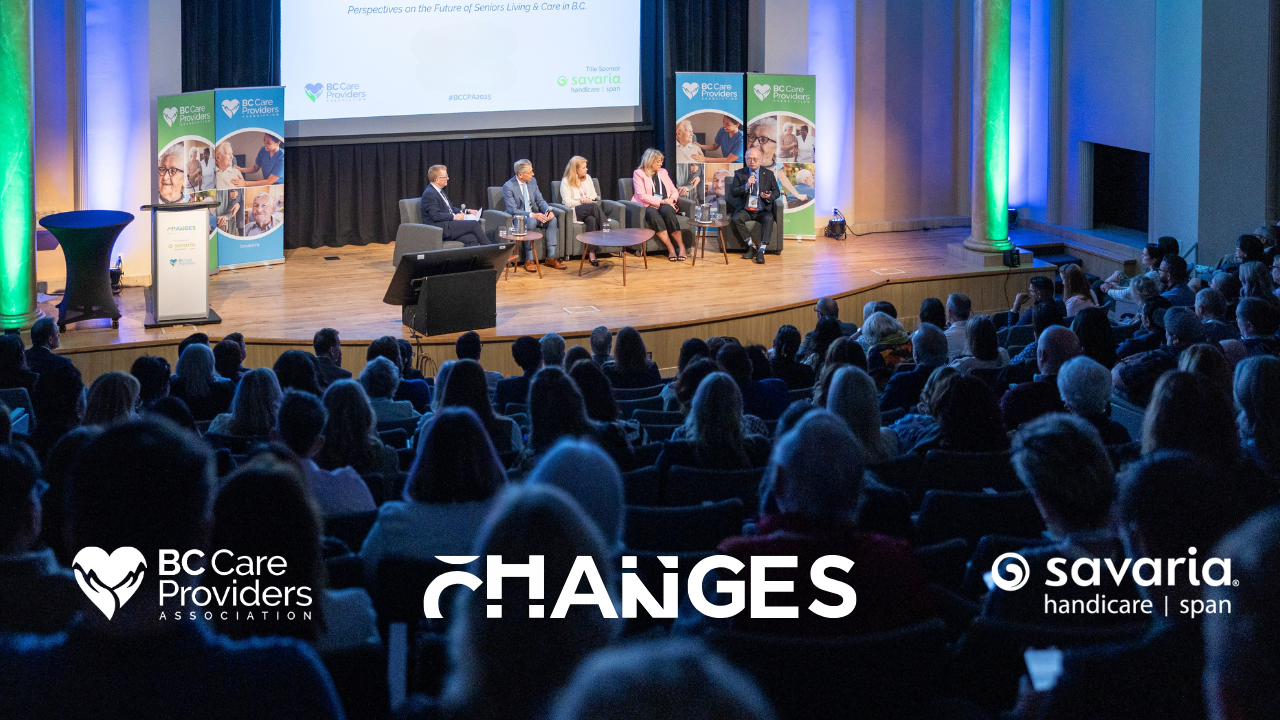Earlier this year, SafeCare BC launched is Be Care Aware campaign aimed at increasing awareness of workplace hazards and promoting a culture of safety in the continuing care sector. Over the past few months, SafeCare BC has held a variety exciting events and produced two must see Be Care Aware videos. In the second installment of the campaign, SafeCare BC is shifting the conversation to focus specifically on safe resident handling practice and the frequency of back injuries in continuing care. See the post from SafeCare BC below, or visit www.safecarebc.ca
+++
 The launch of the #BeCareAware campaign started with a simple, yet provocative question: who do you think is most likely to be injured at work? The purpose behind asking the question was two-fold: firstly, to raise awareness regarding the challenges faced by those working in the sector regarding workplace health and safety; and secondly, to spark a conversation around how we, as a sector, can address those challenges. Over the next few weeks, SafeCare BC is encouraging the sector to shift the conversation to a more focused topic area. In titling this article, we used the expression “we’ve got your back”. When someone uses this term, it is usually in the context of informally expressing support for another person or idea. In this context, however, it takes on a dual meaning. SafeCare BC is here to assist you, your colleagues, and your workplace in creating a safer work environment; we are also here to provide you with tangible resources, information, and training opportunities to address the most frequent type of injury: back injuries.
The launch of the #BeCareAware campaign started with a simple, yet provocative question: who do you think is most likely to be injured at work? The purpose behind asking the question was two-fold: firstly, to raise awareness regarding the challenges faced by those working in the sector regarding workplace health and safety; and secondly, to spark a conversation around how we, as a sector, can address those challenges. Over the next few weeks, SafeCare BC is encouraging the sector to shift the conversation to a more focused topic area. In titling this article, we used the expression “we’ve got your back”. When someone uses this term, it is usually in the context of informally expressing support for another person or idea. In this context, however, it takes on a dual meaning. SafeCare BC is here to assist you, your colleagues, and your workplace in creating a safer work environment; we are also here to provide you with tangible resources, information, and training opportunities to address the most frequent type of injury: back injuries. 
Just how frequent are back injuries in continuing care? WorkSafeBC data indicates that 30% of all reported injuries are back injuries, followed by shoulders (13%), and wrist/fingers/hands (11%). Back injuries also account for over 26% of all WorkSafeBC claim costs (shoulder injuries account for 20%, whereas wrist/fingers/hand accounts for 11%). Translated into direct figures, back injuries cost nearly $28 million in WorkSafeBC claims over the past five years. Taking into account that for every $1 spent in direct claim costs, approximately $4 is spent in indirect claims costs, this figure rises to an estimated $140 million. In addition to the important impact injuries have on quality of life, staff retention, and quality of resident care, these figures present a compelling argument as to why we should focus on preventing back injuries.

Most frequently, these injuries occur in the context of providing care to a resident. 41% of all injuries reported to WorkSafeBC list “person” as the cause of injury. This highlights the need to ensure that safe resident handling principles – including https://bccare.ca/wp-content/uploads/2022/08/medcare-img22.jpgistrative policies, care delivery practices, using equipment, and obtaining quality training – are followed. In our next upcoming installment of #BeCareAware, we will explore policies, best practices, and highlight training opportunities so that you, your colleagues, and your organization are supported in applying safe resident handling principles. After all, we’ve got your back.
Next issue: Implementing a “no-lift” policy. What it is (and isn’t), and how to make it effective.






